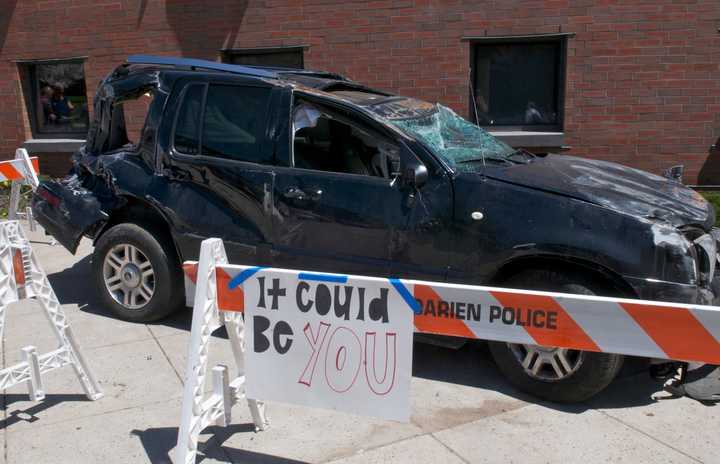The report, Acute Sleep Deprivation and Risk of Motor Vehicle Crash Involvement, reports drivers, who miss two to three hours of sleep in a 24-hour period more than quadruple their risk of a crash compared to drivers who get the recommended seven hours of sleep – a risk that the National Highway Traffic Safety Administration associates with driving over the legal limit for alcohol.
“You can’t miss sleep and still expect to be able to safely function behind the wheel,” says Dr. David Yang, the AAA Foundation’s executive director. “The new research shows that a driver who has slept for less than five hours has a crash risk comparable to someone driving drunk.”
The report also found the more sleep drivers lose in a 24-hour period, the greater the crash risk. The risk also increased steadily when compared to drivers who slept the recommended seven hours or more. Those who get between:
- Six and seven hours of sleep, increase their crash risk 1.3 times
- Five to six hours of sleep, 1.9 times their crash risk
- Four to five hours of sleep, 4.3 times their risk; and
- Less than four hours of sleep, 11.5 times their risk.
Research indicates drowsy driving is involved in more than one in five fatal crashes on US roadways annually. In fact, the Centers for Disease Control and Prevention reports 35 percent of all U.S. drivers sleep less than the recommended seven hours daily, which can have deadly consequences and put the driver and others on the road at risk.
While 97 percent of drivers in the study, view drowsy driving as “unacceptable” driving behavior, nearly one in three admit they drove at least once in the past month in which they had a hard time keeping their eyes open.
Symptoms of drowsy driving may include: having trouble keeping eyes open, driving from your lane or not remembering the last few miles driven. However, more than half of drivers involved in fatigue-related crashes experienced no symptoms before falling asleep behind the wheel.
But you shouldn’t rely on your body to provide warning signs of fatigue. Instead, they need to get plenty of sleep and for longer trips should:
- Travel at times when normally awake
- Schedule a break every two hours or every 100 miles
- Avoid heavy foods
- Travel with an alert passenger and take turns driving
- Avoid medications that cause drowsiness or other impairment
The AAA Foundation report is based on the analysis of a representative sample of 7,234 drivers involved in 4,571 crashes. All data is from the NHTSA’s National Motor Vehicle Crash Causation Survey which comprised a representative sample of police-reported crashes that involved at least one vehicle that was towed from the scene and resulted in emergency medical services being dispatched to the scene.
Click here to follow Daily Voice Armonk and receive free news updates.
